I want to replace a potentiometer with a force sensitive resistor (FSR.)
I’ve bought one that varies from 1kg —0g. I don’t need the middle pin of the pot, I need it to work as a resistor.
My circuit is a 30V DC motor control, and the 10K potentiometer, wired in parallel with an internal 33k trimpot where the adjustment of speed of the motor is done, controls a TIC226D triac from a 12-0-12 transformer. After the triac, the AC voltage gets transformed to DC through a diode bridge and an electrolytic capacitor, and powers the motor.
I want to implement the foot pedal of my motor, which acts today as a switch, to also vary the speed. So, I'd bypass the 10K potentiometer with the FSR inside the pedal, when the pedal is activated.
I had to open the control box of the motor. I did this controller maybe 15 years ago, so I don't have the schematics anymore. I could try to draw it completely if needed.
In this one I bought, its resistance varies from 1M to 2K, but I need its resistance to be close to zero when I press it at maximum “force." I’d also like its max resistance to be close to 10K.
Is there any way, a circuit, that could allow this to happen? A workaround to “set” its top and lower resistances to a defined value?
Attached goes the circuit schematics (corrected II). I didn't draw the fuse and on/of switch on the primary side of the transformer. The Triac is a TIC226D
